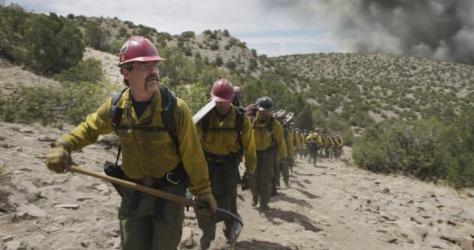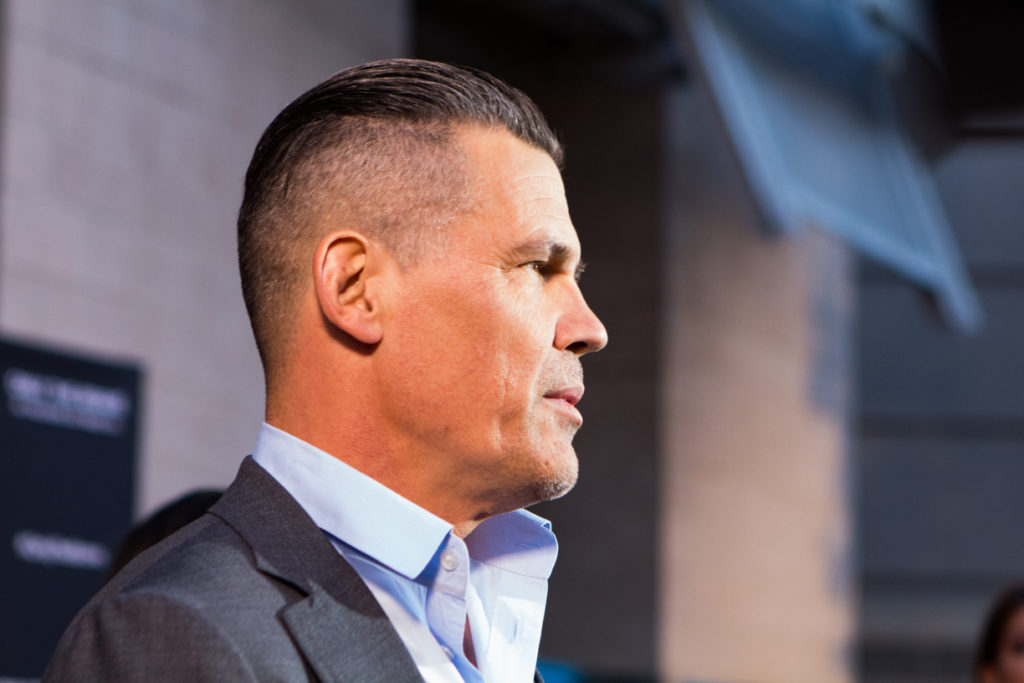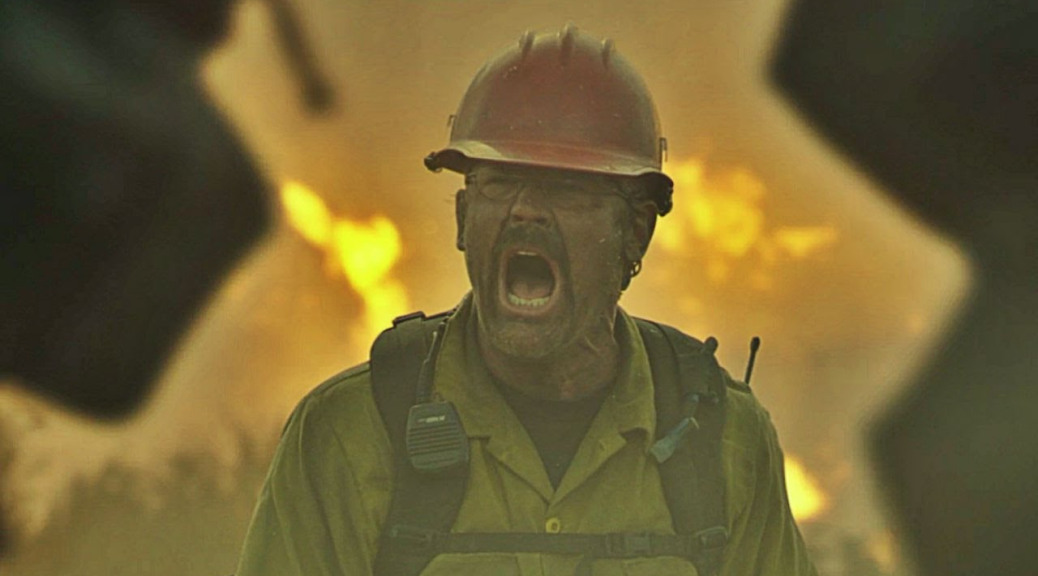
Delany writes, “Many encounters were wordless. He’s not afraid to approach the occasional oddball, nor put his hand in his pants or his mouth in his lap. “Odd behavior has always intrigued me,” he writes.

As a general template, I’ve always felt my best when I had a single person in my life as a sexual focus, at the same time a general population of encounters with different men.” Although Delany notes that over the years he did see some “psychologically troubling events” at the movie houses (and unknowingly has sex with a minor, who later looks back on such experiences as bolstering his self-worth), Delany has a high tolerance for the unusual. Of himself, Delany writes, “There may be as many ideal sex lives as there are different people. Delany gives detailed portraits of typical outings, describing the kinds of men who worked there (sometimes elderly, often Hispanic), how much it cost to attend (“95¢ in the seventies, up from 45¢ in the sixties”), the films playing (“strictly heterosexual,” positing that it was the “absence from the narrative space on the screen proper allowed it to go on rampantly among the observing audience”), and the kinds of people he met: working class men of different races, some of them hustlers. It was then a place of shoeshine stands, newspaper kiosks, “transsexual bars,” and most importantly for Delany, pornographic movie theaters, which he began frequenting in 1975. In a preface written in 1998 for the 20th anniversary edition, Delany writes that “the city has instituted not only a violent reconfiguration of its own landscape but also a legal and moral revamping of its own discursive structures, changing laws about sex, health, and zoning, in the course of which it has been willing, and even anxious, to exploit everything from homophobia and AIDS to family values and fear of drugs.” The first essay, “Times Square Blue” (October, 1996), is a portrait of life on 42nd street on the west side (illustrated with some black and white snapshots taken by the author, along with some by Phillip-Lorca di Corcia). Delany that examine how the Times Square Development Project of the mid to late 90s impacted Delany’s life personally (as a gay man), as well as the collective life of New York City.


Times Square Red, Times Square Blue is a collection of two long essays by social critic Samuel R.


 0 kommentar(er)
0 kommentar(er)
